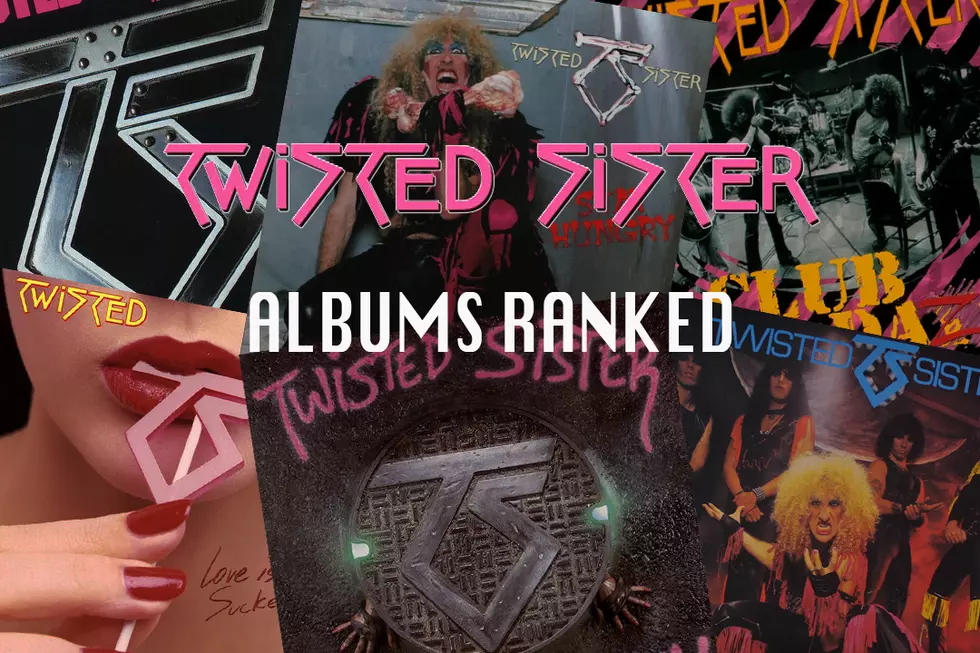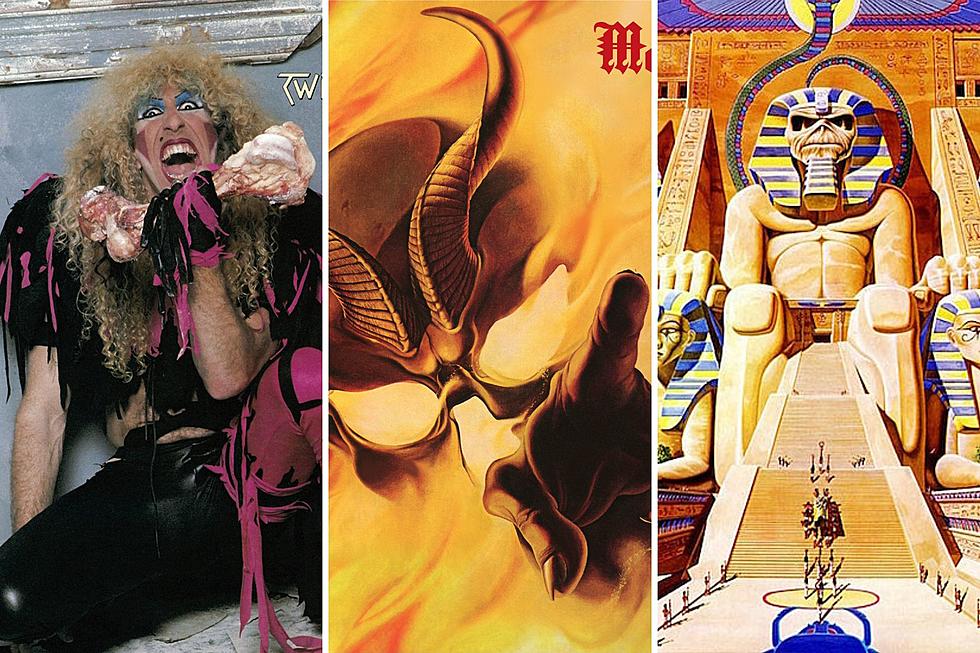
Twisted Sister Albums Ranked
Twisted Sister made it big the old fashioned way: they earned it. Then they promptly burned it, flushing their hard-won stardom down the toilet with a rash of bad decisions and rampant over-exposure. However, a return to the stage, which culminated with a final tour in 2016, re-established the band as a force to be reckoned with.
For years, dating back to the mid ‘70s, the New York area band fought for recognition, painstakingly honing their craft on stage until they were literal legends on the club circuit, but still utterly unknown to the world at large – their demos (later compiled, along with surviving live recordings, into the ‘Club Daze’ collections) roundly ignored by record label suits.
Not until 1982 was the band finally given a chance to record their debut album, ‘Under the Blade,’ by a tiny British label, Secret Records, before it suddenly went out of business. If not for a stunning performance on the popular U.K. TV show, The Tube, the band may have never caught the attention of Atlantic Records and cut their sophomore opus, ‘You Can’t Stop Rock ‘n’ Roll,’) in 1983.
Then, all of a sudden, Twisted Sister became a household name – overnight sensations, ten years in the making – thanks to their hit-packed third album, ‘Stay Hungry,’ which serendipitously caught the zeitgeist of rising ‘80s hair metal and MTV in 1984 and made the band impossible to ignore.
For better and, unfortunately, for worse.
Just one year later, Twisted Sister's flawed fourth LP, ‘Come Out and Play,’ bombed worldwide on an absolutely epic scale, their career crashed somewhat like the Hindenburg, and they meekly fell apart after 1987’s failed comeback, ‘Love is for Suckers.’
For years thereafter, Twisted Sister was cited as a cautionary tale illustrating the pitfalls facing hard rock bands that crossed over too quickly into the mainstream – simultaneously falling afoul of fickle pop consumers and their spurned diehard audience.
But when the dust had settled and fond nostalgia for the ‘80s hair metal started gaining traction, the group was duly recognized as one of the giants of their era, and once snake-bitten fans found themselves revisiting those old records, as we do in the gallery above, ranking every Twisted Sister album from weakest to strongest.
Motley Crue Albums Ranked
See Dee Snider in 13 Kings of Stage Banter
More From Loudwire









